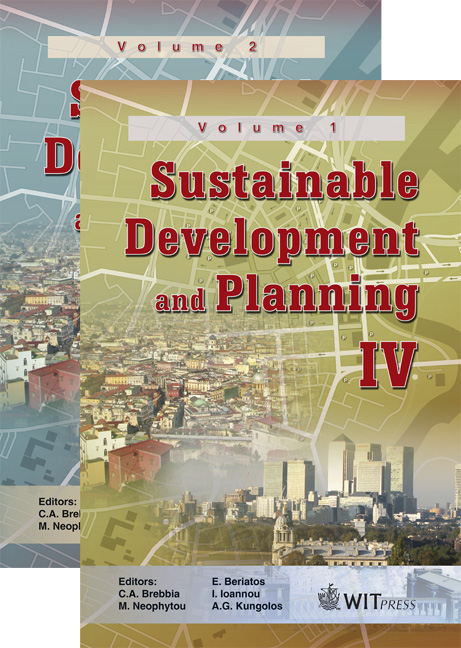Management Of The Urban Spatial Setting To Determine The Effect Of Urban Heat Island On The Bangkok Metropolis, Thailand
Price
Free (open access)
Transaction
Volume
120
Pages
11
Page Range
53 - 63
Published
2009
Size
1,747 kb
Paper DOI
10.2495/SDP090061
Copyright
WIT Press
Author(s)
S. Chavanavesskul
Abstract
Urbanization and human activities cause higher air temperatures in urban areas than the urban climate. This study uses remote sensing data to observe this urbanization and its surrounding areas. The high temperature can cause problems to the environment, such as high energy consumption on cooling, raised air pollution levels and changes in land use and the creation of a heat island in Bangkok Metropolis, Thailand. This study found that the urban heat island (UHI) problem is caused by the large size of the urban area and sparse vegetation and water resources. Some strategies and approaches are raised in this paper in order to reduce the problem. Keywords: urban heat island (UHI), GIS. 1 Introduction 1.1 Issue and problems statement Because of urbanization, many cities in the world are suffering from many environmental problems. The urban heat island (UHI) is one of the problems that are caused by urbanization. Monitoring of the temperature in the area has revealed that it is estimated to increase by 2-3°C every year. In addition, the global population has increased six times during the last two hundred years – urban population has grown 128 times (Emmanuel [20] refer to cf. Schell, et al. 1993). Therefore, the global urban population is expected to outnumber the rural
Keywords
urban heat island (UHI), GIS.





